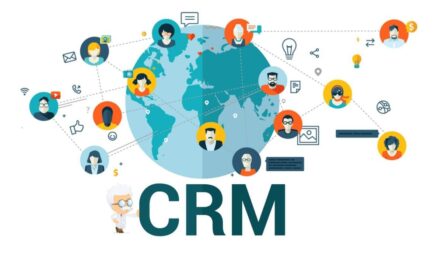The Rise of Buy Now, Pay Later Options
Over the past few years, buy now, pay later (BNPL) payment options have rapidly increased in popularity among online shoppers. These payment methods allow consumers to split the total cost of a purchase into multiple, interest-free installments over time. Compared to traditional credit cards that charge interest, BNPL can make large purchases more affordable for consumers by spreading the cost out in smaller payments.
For merchants, offering BNPL at checkout has been shown to increase conversion rates and average order values. Shoppers are more likely to complete a purchase when a flexible payment option is available rather than paying for the entire cost upfront with a credit card. Many leading ecommerce retailers have partnered with BNPL providers like Affirm, Klarna, and Afterpay to provide these installment payment plans integrated directly into their online shopping flows.
Embedding Lending into the Digital Shopping Experience
As BNPL has taken off, it has ushered in a new model of “ Embedded Lending ” where the entire loan application and approval process happens seamlessly during the online checkout process. When a shopper selects a BNPL option at checkout, the ecommerce platform will pass the transaction details like order amount and buyer information to their lending partner in real-time.
The lending partner can then instantly make credit decisions based on their underwriting models and verified income/identity information without requiring additional steps from the shopper. If approved, the loan agreement populated with the buyer’s purchase details is generated automatically. This one-click checkout experience with embedded lending removes friction that can cause shoppers to abandon their carts.
Benefits for Merchants and Consumers
For merchants, embedded lending partnerships boost sales by converting more window shoppers into paying customers. Consumers gain the ability to finance large purchases in a simple and flexible way. Integrated BNPL options have been shown to increase average order value by over 30% according to some ecommerce platforms.
Embedded lending also benefits consumers by expanding their financing power without requiring a credit check or impacting their credit scores like a traditional loan. Repetitive on-balance-sheet underwriting allows BNPL providers to consistently improve approval rates and credit limits over time based on a borrower’s payment history.
The Personalization of Lending Experiences
Leading BNPL providers are using data and advanced analytics to take Embedded Lending experiences to the next level through personalization. By aggregating transaction details from multiple merchants, these lenders gain valuable insights into individual spending behaviors and preferences.
This purchase pattern data fuels sophisticated machine learning models that dynamically determine customized credit limits, installments schedules, and risk assessments tailored for each shopper over time. Consumers benefit from a more intuitive lending experience where pre-approved offers for larger purchases can be waiting when they’re ready to make a costlier online purchase.
Merchants also gain by having pre-screened customers primed and able to instantly complete higher ticket transactions on their sites. Personalized embedded lending not only converts more shoppers but allows them to finance bigger carts as their purchasing power grows along with their positive payment histories over numerous transactions.
Security and Compliance Considerations
While it delivers clear benefits, ensuring consumer data protection and meeting all regulatory requirements is paramount. Leading BNPL providers have invested heavily in building secure platforms and maintaining the highest security standards like bank-level data encryption, access controls, and regular external audits.
Compliance with national lending laws and access to multi-factor identity verification is also critical for BNPL providers operating across international borders. Consumers need confidence that any sensitive financial information collected during embedded checkout experiences will be handled responsibly and not put their privacy at risk. Adhering to privacy regulations like GDPR and CCPA is a licensing requirement.
The Growth of Embedded Finance
It has proven highly effective at driving online sales for merchants while also expanding consumers’ digital access to credit. As this financing model matures, the lines between banking, payments, and commerce will continue to blur. Many predict embedded finance will expand beyond point-of-sale lending to include other services like expense management, investments, and insurance integrated seamlessly into users’ digital experiences.
By delivering fast, intuitive financial tools where people already spend their time online and on mobile apps, embedded finance aims to make money matters as simple and convenient as the rest of our digital lives. While both opportunities and challenges exist, embedded lending’s impressive growth shows it has become a fundamental pillar modernizing how people shop, pay, and get access to capital in the digital economy.
*Note:
1. Source: Coherent Market Insights, Public sources, Desk research
2. We have leveraged AI tools to mine information and compile it



